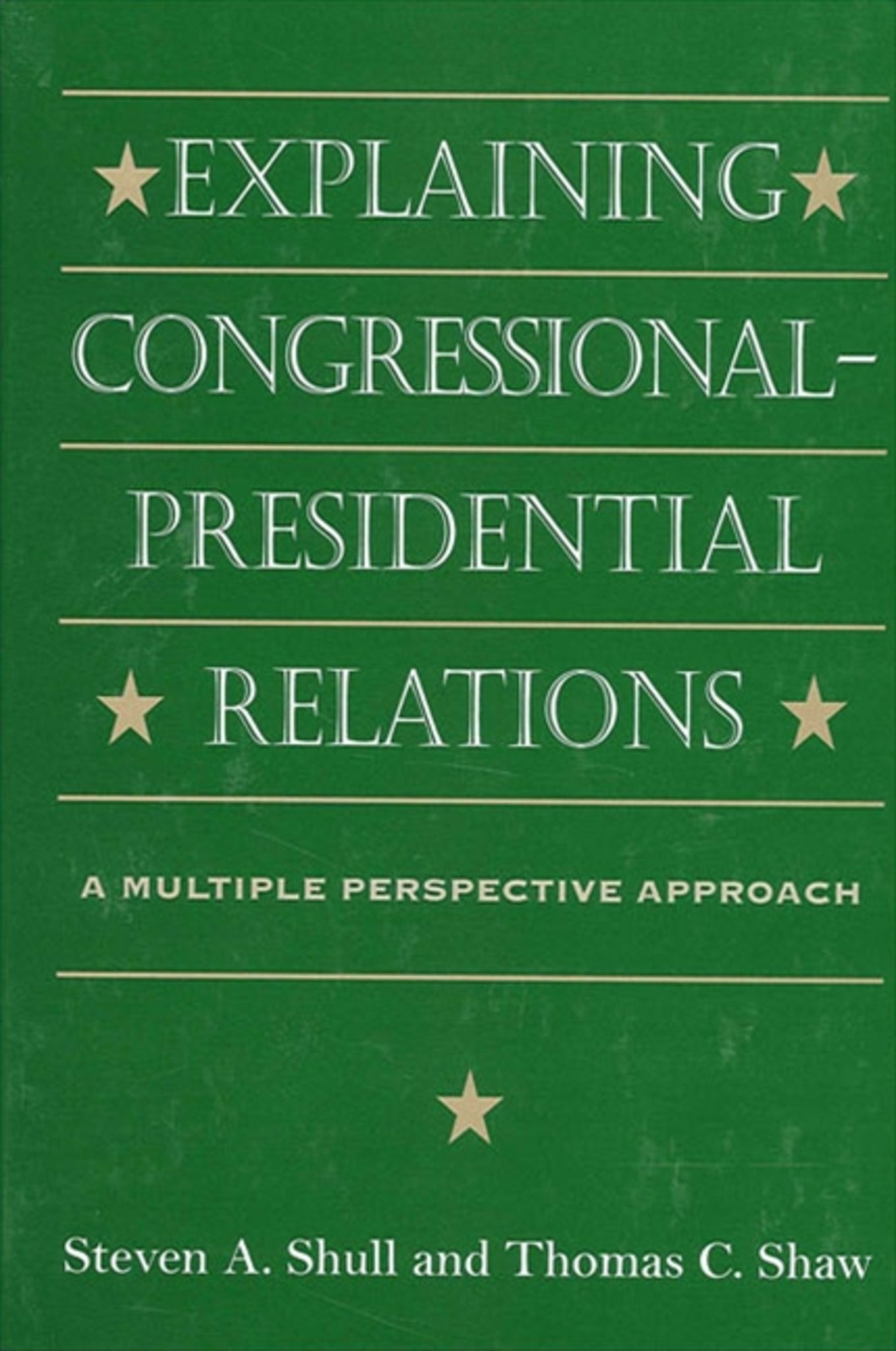We're sorry. An error has occurred
Please cancel or retry.
Explaining Congressional-Presidential Relations

Some error occured while loading the Quick View. Please close the Quick View and try reloading the page.
Couldn't load pickup availability
- Format:
-
12 August 1999

Provides a multivariate analysis of presidential-congressional interaction.
CHOICE 2000 Outstanding Academic Title
Explaining Congressional-Presidential Relations examines government activities involving direct interactions between presidents and Congress and considers whether they are influenced by executive, legislative, and/or exogenous factors. The book encompasses presidential position taking on legislative votes, legislative support of presidents' positions, presidents' propensity to veto legislation, and budget agreement between the two branches, all of which are elements in the adoption of public policy.


"This book has two major strengths. First, the models developed to explain presidential-congressional interactions combine factors from several perspectives in previous research and add an additional exogenous variable. This original strategy allows evaluation of previous research, and as such, represents an important contribution to the discipline. Second, the book is well written. This is no small accomplishment in the social sciences. While the topic is sophisticated, if one reads carefully and follows the logical progression in each chapter, the authors' writing style is accessible and coherent." — Mark J. Peterson, Pittsburg State University
"In a period of heightened partisanship, divided government, and sharp rhetorical conflict between the branches, understanding what factors affect this interaction is a significant issue." — Richard Fleisher, Fordham University
List of Tables and Figures
Preface
Acknowledgments
About the Authors
Chapter 1
Introduction
Chapter 2
A Multiple Perspectives Approach
Chapter 3
Measurement Strategies
Chapter 4
Presidential Position Taking
Chapter 5
Legislative Support
Chapter 6
Veto Propensity
Chapter 7
Budget Agreement
Chapter 8
Conclusion
Methodological Appendix
Notes
References
Index



